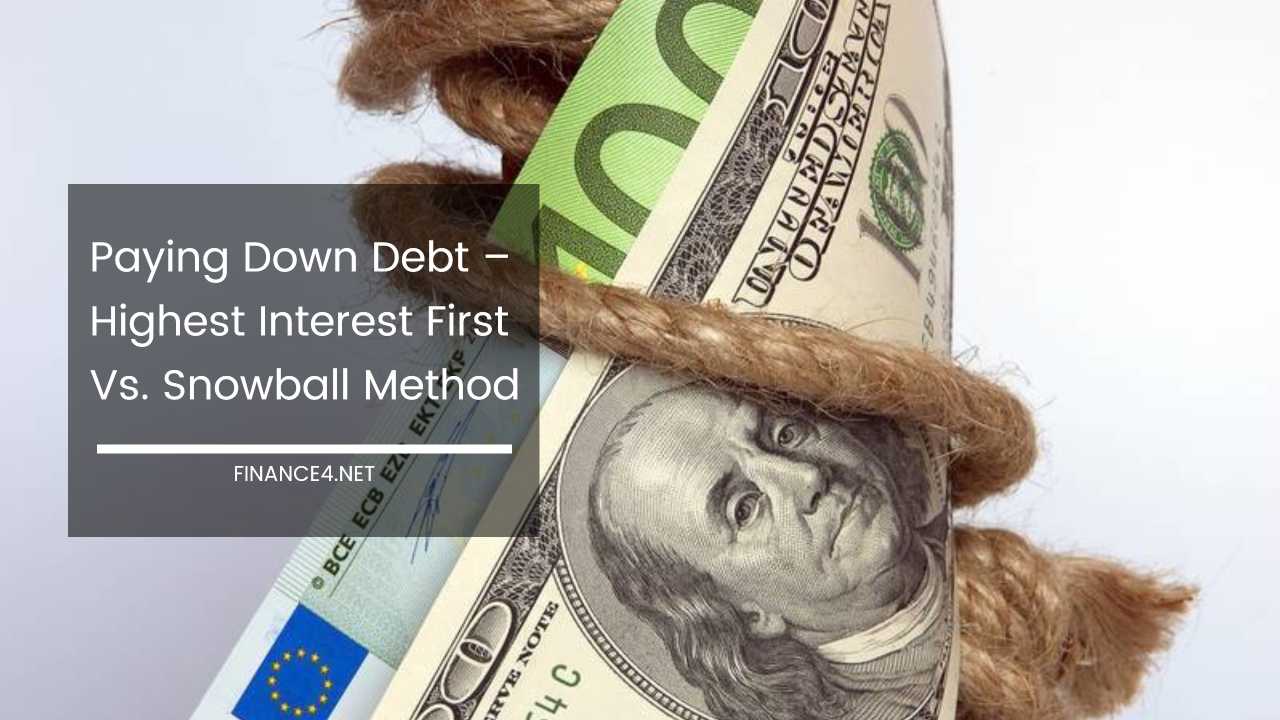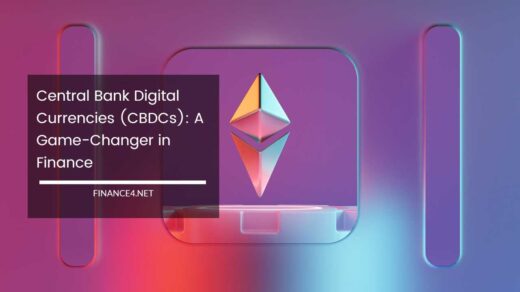How to Pay Off Debt Faster: Highest Interest vs. Snowball Method

Paying Down Debt: The Race Between Interest and Momentum
For decades, debt has become an unwelcome fixture in many American households. Aggressively marketed and readily available, debt can feel like an unavoidable burden.
The recent economic downturns, however, have forced families to confront their finances head-on, and many are realizing that prioritizing debt repayment is the key to achieving financial stability.
The quest for debt freedom can feel overwhelming, especially with the abundance of self-proclaimed “experts” offering quick fixes and unrealistic promises.
Forget the latte money miracles and the one-size-fits-all solutions. The truth is, there are two powerful methods for tackling debt, both requiring a systematic approach and a commitment to sacrifice: the highest interest rate first method and the snowball method.
Building Your Debt-Busting Toolkit: The Inventory Stage
Both methods are built on a foundation of planning and discipline. The first step is to create a comprehensive debt inventory.
List all your debts, including the monthly payment, interest rate, and total outstanding balance. This information will be your roadmap to financial freedom.
It’s helpful to categorize your debts as well, separating high-interest credit card debt from lower-interest student loans. This will provide valuable context when choosing your repayment strategy.
Method 1: Crushing the Interest Monster – Highest Interest Rate First
The “highest interest rate first” method prioritizes debts based on their interest rates, ranking them from highest to lowest.
Each month, you make the minimum payment on all your debts, and any extra money you can muster goes towards aggressively paying down the debt with the highest interest rate. Once that debt is eliminated, you move on to the next highest interest rate debt, and so on.
The Math Advantage: Minimizing Interest Costs
Mathematically, this is the most cost-effective way to pay off debt. By tackling the debts with the highest interest rates first, you significantly reduce your total interest burden.
Imagine two debts: a credit card with a 20% interest rate and a student loan with a 5% interest rate. Paying the minimum on both allows the credit card debt to balloon much faster, costing you more money in the long run.
The “highest interest rate first” method prioritizes paying off the expensive credit card first, saving you significant money on interest charges.
Method 2: The Snowball Effect – Momentum Through Small Wins
The snowball method prioritizes debts based on their total outstanding balance, starting with the smallest debt and working your way up.
Similar to the highest interest rate method, you make minimum payments on all debts and dedicate any extra money towards paying off the smallest balance first.
Once that debt is paid off, you roll the payment you were making on that debt (along with any extra money) towards the next smallest debt. This creates a snowball effect – as you pay off smaller debts, the amount of money you can throw at your remaining debts increases, accelerating your progress.
The Psychology of Progress: Staying Motivated
The beauty of the snowball method lies in its psychological impact. Paying off smaller debts quickly provides a sense of accomplishment and a much-needed confidence boost.
This keeps you motivated and propels you forward, especially when facing larger debts down the line. It acknowledges the human tendency to crave progress and celebrate milestones, making the debt repayment journey feel less daunting.
Imagine the satisfaction of completely eliminating a credit card debt, even if it’s a smaller one. This success can fuel your determination to tackle the bigger challenges.
Choosing Your Weapon: Interest vs. Momentum
So, which method reigns supreme? The truth is, both methods are effective as long as you stick to the plan.
For the highly disciplined individual, the “highest interest rate first” method offers the fastest and most cost-effective path to debt freedom. By focusing on the math and prioritizing interest savings, you can eliminate your debt in the shortest amount of time and minimize the total amount of money you pay.
However, discipline can be a rare commodity, especially when facing overwhelming debt. The snowball method recognizes this.
By focusing on achieving quick wins through eliminating smaller debts first, it keeps you motivated and fosters a sense of accomplishment.
This momentum can be invaluable in tackling larger debts later on. Someone struggling with a significant amount of high-interest debt might find the snowball method’s early wins more motivating, keeping them engaged in the long-term repayment process.
The Road to Freedom: Bumps and All
Regardless of the method you choose, there will be challenges along the way. Unexpected expenses, setbacks, and moments of discouragement are inevitable. The key is to stay focused on your long-term goal and have a plan for navigating these roadblocks.
Staying on Track: Essential Strategies
Here are some tips to stay on track, regardless of the debt repayment method you choose:
- Automate your payments: Set
-
Set up automatic payments for your minimum balances to avoid missed payments and late fees. This removes the risk of human error and ensures consistent progress.
-
Trim your budget: Identify and eliminate unnecessary expenses to free up additional money for debt repayment. Analyze your spending habits and cut back on non-essential items like dining out or entertainment subscriptions. Every dollar saved goes directly towards tackling your debt.
-
Find a support system: Talk to friends, family, or a financial advisor for encouragement and accountability. Share your goals with trusted individuals who can offer support and hold you accountable during challenging times. Consider joining a debt repayment community online or in person to connect with others on a similar journey.
-
Celebrate your wins: Acknowledge your progress, no matter how small. Every debt paid off is a victory. Take time to celebrate your milestones, big or small. This reinforces positive behaviors and keeps you motivated to continue on your debt-free path.
-
Revisit and adjust your plan: As your financial situation evolves, revisit your debt repayment plan and adjust it as needed. Changes in income, unexpected expenses, or reaching milestones may necessitate tweaking your approach. Regularly reviewing your plan ensures it remains aligned with your current financial reality.
-
Seek professional help (if needed): For those struggling to manage their debt on their own, consider seeking professional help from a credit counselor or financial advisor. These professionals can provide personalized guidance, budgeting assistance, and even help negotiate with creditors to lower interest rates.
Building a Brighter Financial Future
Remember, debt repayment is a marathon, not a sprint. Choose the method that best suits your personality and financial situation.
With dedication, perseverance, and the right strategy, you can conquer your debt and achieve financial freedom. This freedom opens doors to a brighter financial future, allowing you to pursue your goals and dreams without the burden of debt weighing you down.
Additional Considerations:
-
Debt consolidation: Explore the possibility of consolidating your debts into a single loan with a lower interest rate. This can simplify your repayment process and potentially save you money on interest charges. However, carefully evaluate the terms of any consolidation loan before committing.
-
Debt avalanche vs. debt snowball – a hybrid approach: For some individuals, a hybrid approach combining elements of both methods might be ideal. This could involve prioritizing the highest interest rate debt for a set period, then switching to the snowball method to tackle smaller debts and maintain momentum.
By employing the strategies outlined above and tailoring your approach to your specific circumstances, you can embark on a successful debt-free journey. Remember, financial freedom is within reach, and the rewards for achieving it are substantial.



